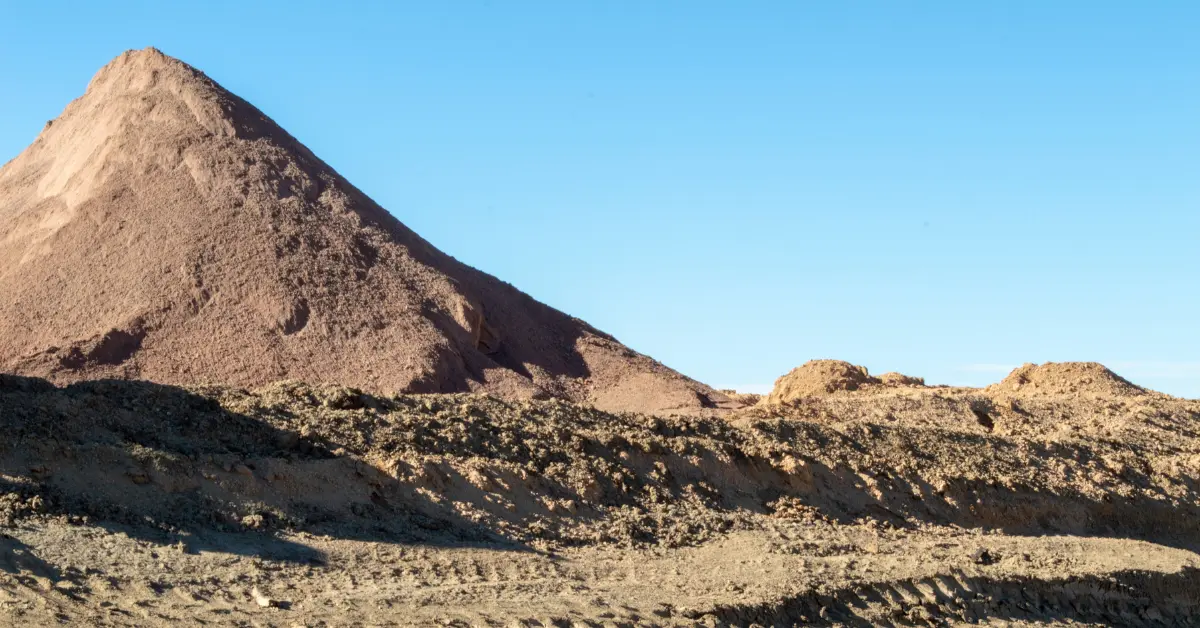
In the construction industry, the availability and quality of materials can dictate the pace and success of projects. A reliable dirt supplier network is essential because it ensures that high-quality soil is available when needed, preventing delays and reducing costs. Managing a reliable supply chain enables better project planning. It also positions businesses to respond quickly to market demands, a crucial factor in maintaining competitiveness in the construction industry.

Types and Qualities of Dirt and Topsoil
Selecting the right type of dirt or topsoil is crucial for the success of any gardening, landscaping, or construction project. Understanding the specific characteristics and ideal uses of each soil type helps ensure optimal results, whether you’re aiming for healthy plant growth, stable foundations, or efficient site grading. Below are four common types of dirt and topsoil available for purchase, along with their qualities and best-use scenarios:
- Screened Topsoil: Screened topsoil is the uppermost layer of soil that has been processed to remove debris, rocks, and roots. This results in a loose, crumbly texture that promotes excellent water infiltration and root development, making it ideal for establishing lawns, flower beds, and vegetable gardens. Its high organic matter content supports healthy plant growth, while its consistent texture ensures easy spreading and leveling in landscaping projects.
- Fill Dirt: Composed mainly of subsoil with minimal organic content, fill dirt is best suited for construction applications such as filling low spots, grading land, or providing foundational support for structures. Its compact nature makes it unsuitable for planting but highly effective for stabilizing building pads, driveways, and embankments. Fill dirt may contain small rocks or clay, so it’s important to match its properties to the specific requirements of your project to ensure stability and prevent settling.
- Compost-Enriched Planting Mix: This is a custom blend of topsoil, compost, and organic amendments like peat moss or aged bark. Planting mixes are formulated to enhance fertility, moisture retention, and soil structure, making them particularly suitable for raised beds, container gardens, and areas with poor native soil. Their improved nutrient content and balanced composition provide an optimal environment for root development and sustained plant health across a wide range of plants.
- Specialty Soils (e.g., Sand, Gravel, Engineered Fill): Specialty soils such as sand, gravel, and engineered fill are designed for specific landscaping and construction needs. Sand and gravel are commonly used for drainage improvement, road construction, or as bases for pavers and hardscape. Engineered fill is a precisely mixed material used in large-scale construction to ensure stability and proper compaction. These specialty soils are selected based on project requirements for drainage, load-bearing capacity, or erosion control.
Choosing the appropriate type of dirt or topsoil for your project ensures a strong foundation, healthy plant growth, and long-term durability. By understanding the unique qualities and applications of each soil type, you can make informed decisions that contribute to the overall success of your gardening, landscaping, or construction endeavors.
How to Find Dirt Suppliers
What to Look For
It's crucial to explore both local and online resources. Industry trade shows, construction forums, and online platforms are excellent starting points. When evaluating potential suppliers, prioritize those who demonstrate transparency regarding the origin and composition of their soil. This ensures compatibility with specific construction requirements. Also, suppliers' reputations and reliability in meeting delivery timelines are critical for maintaining project schedules.
Evaluating Quality, Availability, and Pricing
Once potential suppliers are identified, it is paramount to assess the quality of the dirt they offer. Conduct soil tests to confirm its suitability for your specific construction projects. Availability is another crucial factor; ensure the supplier can meet your quantity demands, especially for bulk dirt sales. Lastly, discuss pricing models. Competitive pricing that aligns with market rates without compromising quality is ideal, as it will influence the overall budget of your construction projects.
Building Long-Term Relationships
Consistency in quality and service delivery fosters trust and can lead to preferential pricing and terms. Regular communication, fair dealings, and prompt payments contribute to a healthy professional relationship. Mutual respect and understanding of each party’s business needs can transform a transactional interaction into a strategic alliance, which is invaluable in the construction industry.
Leveraging Soil Marketplace Platforms
As mentioned, utilizing online platforms dedicated to dirt brokerage can streamline the process of finding trusted suppliers. These digital marketplaces provide access to more suppliers, detailed reviews, and previous customer experiences. They often offer tools for comparing prices and services, helping you make informed decisions quickly. By integrating these platforms into your sourcing strategy, you can more efficiently connect with reputable suppliers.
Benefits and Strategies of Online Procurement
Sourcing dirt online offers a range of advantages that streamline the procurement process and empower buyers to make more informed decisions. One of the primary benefits is the convenience of accessing a wide network of suppliers from any location, eliminating the need for time-consuming site visits or phone calls. Online platforms allow users to compare multiple suppliers side by side, making it easy to assess product offerings, prices, and available services at a glance. Transparency not only helps buyers secure competitive rates but also ensures that they select suppliers who align with their specific project needs. Many digital marketplaces feature customer reviews and ratings, providing valuable insights into supplier reliability and material quality. Online tools such as search filters and comparison features simplify the process of finding trustworthy partners, while secure payment gateways and real-time communication options further enhance efficiency and confidence in every transaction.
Developing Effective Dirt Buying Strategies
How to Buy Dirt in Bulk for Cost Savings
By buying larger quantities, you can negotiate lower unit prices, reducing overall material costs. Furthermore, bulk purchases reduce the frequency of delivery charges, which can be significant cumulatively. Coordinate storage solutions and ensure usage rates match incoming supply to avoid excess inventory that could affect cash flow.
Negotiation and Purchase Optimization
Strategies for negotiating favorable terms, differentiating between one-time and bulk purchases, and leveraging reviews and comparison tools to optimize procurement decisions. Negotiating terms for bulk dirt sales requires a strategic approach to maximize cost-effectiveness and ensure supply reliability. Here’s how to enhance your negotiation tactics:
- Research Market Prices: Dedicating time to comprehensively understand current market trends forms the backbone of successful negotiations. By analyzing industry reports, regional data, and supplier catalogs, you can establish a solid foundation for setting realistic, competitive pricing. This process involves scrutinizing seasonal fluctuations, understanding local supply dynamics, and comparing rates from multiple vendors to identify potential cost variations. Moreover, integrating insights from trade associations and independent market analysts can reveal underlying market pressures or incentives that affect pricing. Such in-depth research not only arms you with factual benchmarks but also instills confidence during discussions, enabling you to propose offers that reflect market conditions and justify any counteroffers with clear, data-backed arguments.
- Volume Discounts: Leveraging the scale of your purchase is an effective strategy for unlocking significant savings and enhancing the overall value of your deal. When negotiating with suppliers, highlighting the potential for significant, recurring orders can be a compelling incentive for them to offer volume discounts. In addition, emphasizing the operational efficiencies gained from consolidating orders can further strengthen your bargaining position. A well-documented projection of order frequency and volume can demonstrate your long-term commitment, making suppliers more inclined to offer flexible pricing structures that reward bulk purchasing while ensuring that both parties achieve financial benefits.
- Long-Term Contracts: Establishing a long-term contractual relationship with suppliers provides a stable framework that benefits both parties over time. Entering into extended agreements secures a consistent supply of materials and offers an opportunity to negotiate more attractive pricing, as the supplier gains the assurance of regular business. Also, a long-term contract can include clauses for periodic price reviews, performance benchmarks, and mutually agreed-upon delivery schedules, all of which contribute to a more balanced relationship.
- Flexible Delivery Options: By negotiating delivery windows that accommodate your operational timeline, you can minimize storage costs and avoid potential delays that might impact project deadlines. Flexibility in delivery not only improves logistical efficiency but also provides room for adjustments in response to unforeseen circumstances, such as weather disruptions or fluctuating demand. Presenting a well-organized plan that outlines optimal delivery timings and contingency measures can persuade suppliers to accommodate your requirements. In turn, this adaptability can lead to reduced costs associated with expedited shipping or emergency sourcing while fostering a collaborative relationship that prioritizes both the supplier’s capabilities and your project’s specific demands.
- Quality Guarantees: A comprehensive quality guarantee goes beyond mere assurances; it involves establishing clear performance standards, testing protocols, and return policies for any materials that do not meet the agreed-upon criteria. By defining precise quality metrics and including penalty clauses for substandard deliveries, you create a safety net that protects your project from unforeseen expenses and delays. Detailed quality agreements also signal to suppliers that you are committed to maintaining high standards, which can encourage them to invest in better production practices. A proactive approach minimizes the risk of receiving inferior dirt and enhances the overall reliability of your supply chain, ensuring that your projects proceed without quality-related interruptions.
Each element uniquely contributes to building a resilient and cost-effective procurement framework that meets immediate project needs and lays the groundwork for enduring supplier partnerships.

Establishing a Profitable Dirt Brokerage Business
The Role of a Dirt Broker in the Construction Dirt Market
This position requires a deep understanding of both the supply and demand dynamics. Effective brokers facilitate transactions, ensuring buyers receive quality dirt at competitive prices while helping sellers expand their market reach. A successful dirt broker negotiates deals and provides logistical support, ensuring that dirt is delivered from point A to point B efficiently and cost-effectively. The logistical considerations involved in dirt procurement include coordinating timely deliveries, managing delivery costs, and tracking shipments to ensure efficient project execution.
Digital Tools to Streamline Deals
In today’s digital age, leveraging online platforms for dirt brokerage can significantly enhance your business efficiency. These offer tools for listing available dirt supplies, managing transactions, and maintaining records. They provide better market visibility, enabling brokers to match supply with demand more effectively and swiftly.
Legal and Regulatory Considerations
Navigating the legal landscape is critical for operating a dirt brokerage business without facing penalties or legal challenges. Here’s a comprehensive guide to understanding these aspects:
- Zoning Laws: Different municipalities may have diverse ordinances dictating acceptable land use, which can influence the proximity of excavation sites to residential areas or environmentally sensitive locations. Understanding these guidelines helps identify permitted areas for soil excavation and transportation while avoiding inadvertent infractions that might lead to fines or litigation. By assessing the geographic and demographic nuances of the region, business operators can align their activities with municipal policies. Moreover, an awareness of zoning restrictions enables proactive planning, thereby creating a competitive edge by ensuring seamless regulatory compliance.
- Environmental Regulations: Adhering to environmental regulations is a cornerstone of responsible dirt brokering, given the potential ecological impacts of soil excavation and transport. Federal and state laws demand stringent adherence to practices that minimize the risk of contaminating natural habitats and water sources. Business operators must invest in sustainable practices, ensuring that any soil disturbance does not result in irreversible environmental degradation. Detailed knowledge of regulations pertaining to soil quality, waste management, and proper disposal methods is paramount. This entails continuous monitoring of regulatory updates and active participation in environmental assessments. By doing so, businesses avoid hefty penalties and build a reputation as environmentally conscious enterprises, which can be a decisive factor in securing community support and long-term operational viability.
- Contract Law: Within a dirt brokerage business's framework, robust contract law safeguards against potential disputes and misunderstandings between parties. Detailed contracts are instrumental in delineating the rights and responsibilities of each stakeholder, whether dealing with suppliers, transporters, or clients. These legal agreements must comprehensively cover payment terms, quality assurance, delivery timelines, and mechanisms for dispute resolution. Additionally, including clauses that address unforeseen circumstances, such as delays or changes in regulatory policies, can prevent costly litigation and operational disruptions. Legal expertise is essential in drafting clear and enforceable agreements, ensuring that every contractual term is aligned with the prevailing laws.
- Permits and Licensing: Regulatory bodies may require a range of documents, from basic business licenses to specialized permits that cover transportation and handling of different soil types. Meeting these requirements necessitates a clear understanding of the local, state, and federal mandates and the processes involved in obtaining and renewing such credentials. An organized and proactive approach to permits can help avoid interruptions in service and mitigate the risk of non-compliance. Staying informed about any changes in permit conditions or licensing requirements is vital to maintaining uninterrupted operations and ensuring that the business remains in good standing with regulatory authorities.
- Insurance Requirements: Navigating the insurance landscape is a crucial aspect for dirt brokers, as it provides a safety net against unforeseen liabilities arising from accidents, environmental incidents, or contractual disputes. Comprehensive insurance policies are designed to cover a spectrum of risks, ensuring that both the business and its clients are protected in the event of an incident. This might include coverage for transport-related mishaps, claims of environmental damage, or injuries sustained during operations. By investing in robust insurance plans, companies safeguard their financial stability and enhance their credibility with stakeholders.
A well-informed approach to the legal and regulatory environment forms the cornerstone of a successful dirt brokerage operation. Ensuring compliance in these areas prevents legal entanglements and strengthens business credibility, paving the way for sustainable growth.
Optimizing Dirt Hauling and Logistics for Seamless Transactions
Project Planning and Soil Volume Calculation
Accurately calculating soil needs is a critical first step in project planning, ensuring you order the right amount of material and avoid costly delays or excess. The most reliable method involves measuring the length, width, and depth of the area requiring soil, then multiplying these dimensions to determine the volume needed, typically expressed in cubic yards or meters. For projects with irregular shapes or varying depths, break the area into smaller, manageable sections and calculate each separately before combining the results. Many suppliers and online platforms offer soil calculators that streamline the process by allowing you to enter your project’s dimensions and automatically estimate the total soil requirement. Advanced calculators can even account for factors such as soil compaction or settling, further refining your estimate. By investing time in precise calculations at the outset, you ensure sufficient supply, minimize waste, and allocate resources more efficiently throughout the project lifecycle.
The Role of Dirt Hauling Companies in the Supply Chain
These companies specialize in transporting large volumes of dirt from the excavation sites to the construction sites or storage facilities. Their role is to ensure that the dirt arrives in a timely manner and in the condition expected by the buyer, which is crucial for maintaining project schedules and upholding quality standards. Effective coordination with these haulers minimizes delays and avoids logistical complications.
Best Practices for Coordinating Dirt Transport Efficiently
It begins with scheduling pickups and deliveries to align with the project's timeline, ensuring that neither excess dirt nor a shortage disrupts the ongoing work. Utilizing GPS tracking can enhance transparency, allowing both the broker and client to monitor the shipment in real time.
Strategic Dirt Hauling Business Operations
Cost reduction in dirt hauling is achievable through strategic planning and operational adjustments. Optimizing route planning to decrease fuel consumption and drive times is a primary method. Regular maintenance of hauling equipment also plays a crucial role; well-maintained vehicles are less likely to incur downtime or costly repairs. Furthermore, consolidating shipments to maximize the load capacity of each trip can reduce the number of trips required, thus lowering the overall operational costs associated with dirt transport.
Leveraging Technology to Track Dirt Shipments
Technology integration is transforming how dirt brokerage businesses manage logistics. Implementing fleet management software helps monitor vehicle locations, optimize routes, and schedule maintenance. This software can also provide analytical insights into the most efficient practices, assisting businesses in improving their operations continually. Using cloud-based platforms allows for better documentation and easier access to shipping records, enhancing operational oversight.
Expanding and Sustaining Your Dirt Supplier and Buyer Network
Marketing Strategies for Selling Dirt for Profit
Developing a strong brand identity that emphasizes the quality and reliability of your dirt supply can attract more clients. Implementing targeted advertising campaigns that reach potential buyers in the construction and landscaping industries can also increase visibility. Attending industry events and networking can help establish connections with potential buyers and suppliers, further expanding your market presence.

Using Social Media and Online Directories
Social media platforms and online directories are invaluable tools for connecting with a broader audience. By maintaining active social media profiles, you can engage with potential buyers by showcasing completed projects, customer testimonials, and time-lapse videos of delivery efficiency. Online directories, on the other hand, provide a platform to list your business, making it easier for buyers to find you when they need to buy dirt in bulk.
Scaling Your Dirt-Selling Business
Consider diversifying your service offerings or expanding into new geographic markets. Analyzing market trends and customer feedback can identify new growth opportunities. As previously discussed, investing in technology to improve order processing, delivery tracking, and customer relationship management can support expanded business activities.
Establishing a relationship with reliable dirt suppliers is foundational to the success of any construction business. This ensures that high-quality dirt is available consistently, enabling you to meet project deadlines and maintain cost efficiency. Connect with trusted dirt suppliers and manage every load efficiently through Soil Connect. Whether you are just starting out or looking to expand, the strategies discussed will equip you to navigate the complexities of the dirt market with confidence.
Sources:
- Soil Connect. (2024, November 24). How dirt marketplaces save contractors time and money. https://www.soilconnect.com/blog/how-dirt-marketplaces-save-contractors-time-and-money
- Soil Connect. Find dirt. Retrieved October 24, 2025, from https://www.soilconnect.com/find-dirt

.svg)





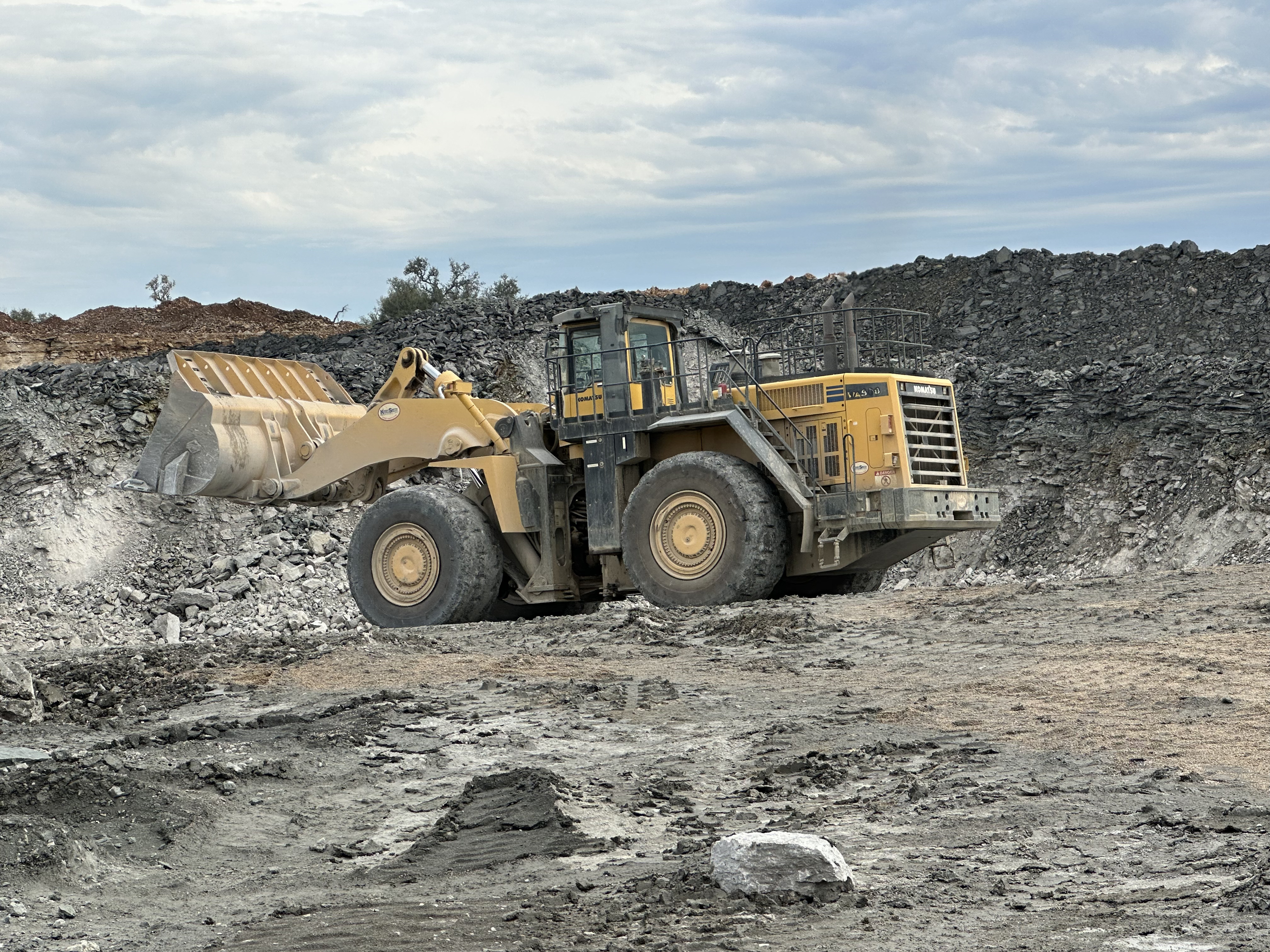




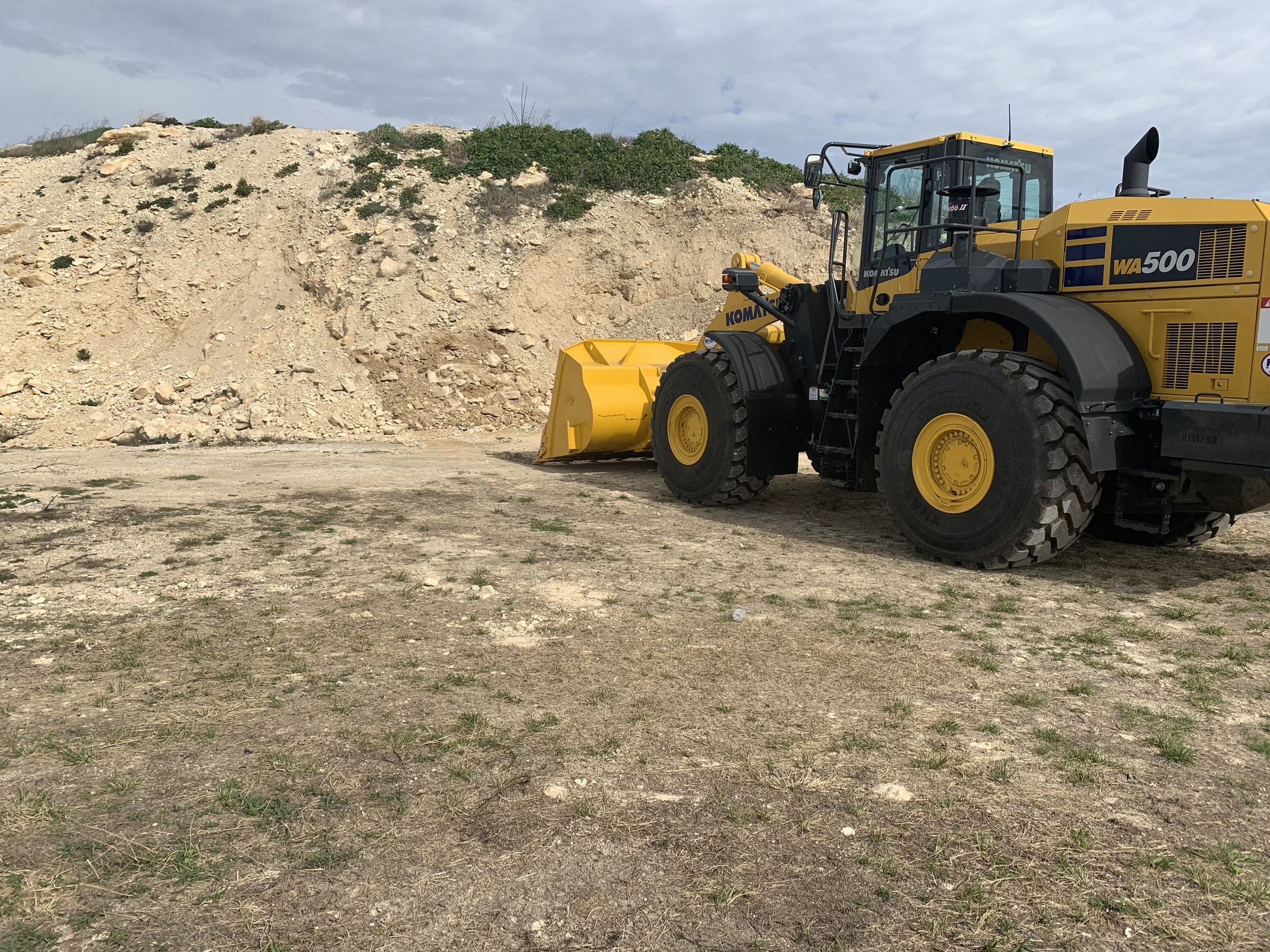
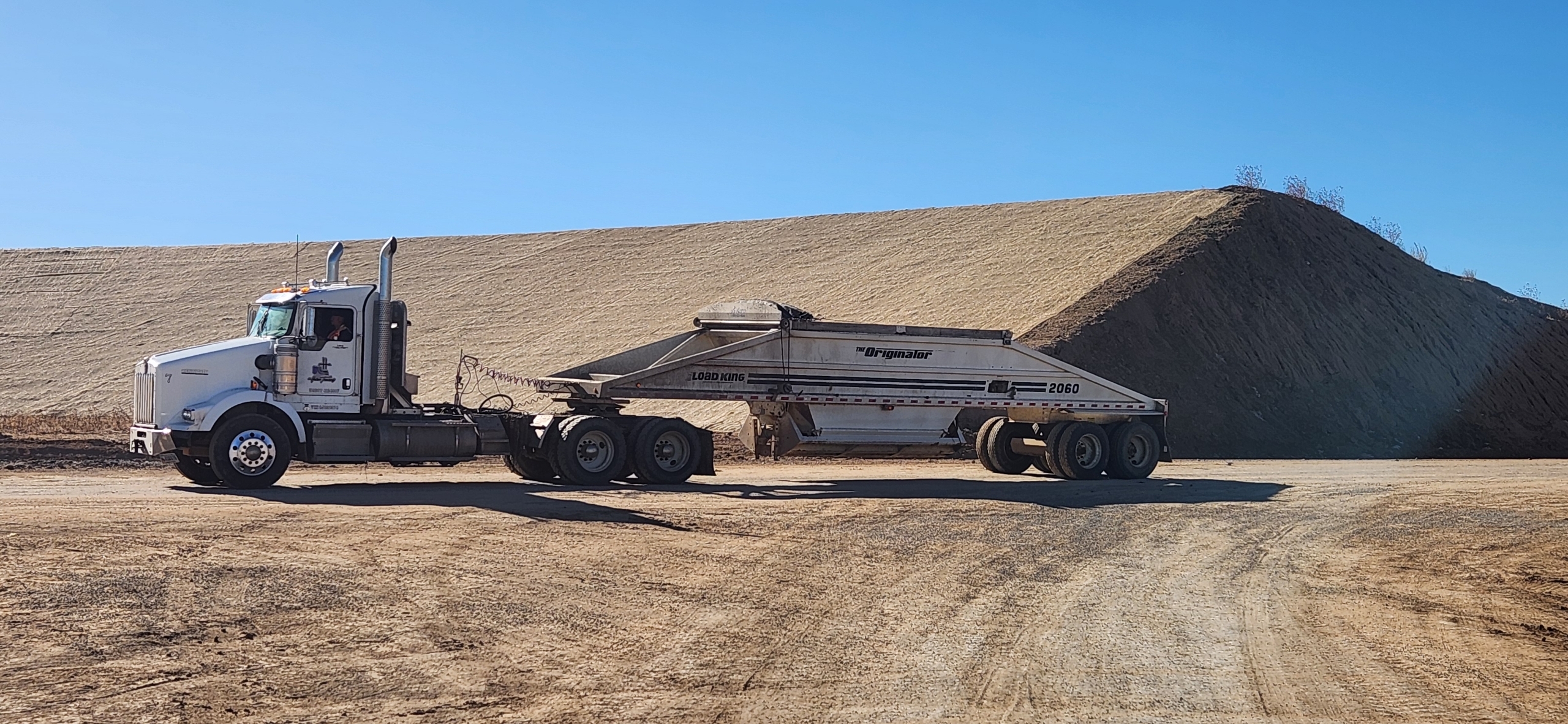
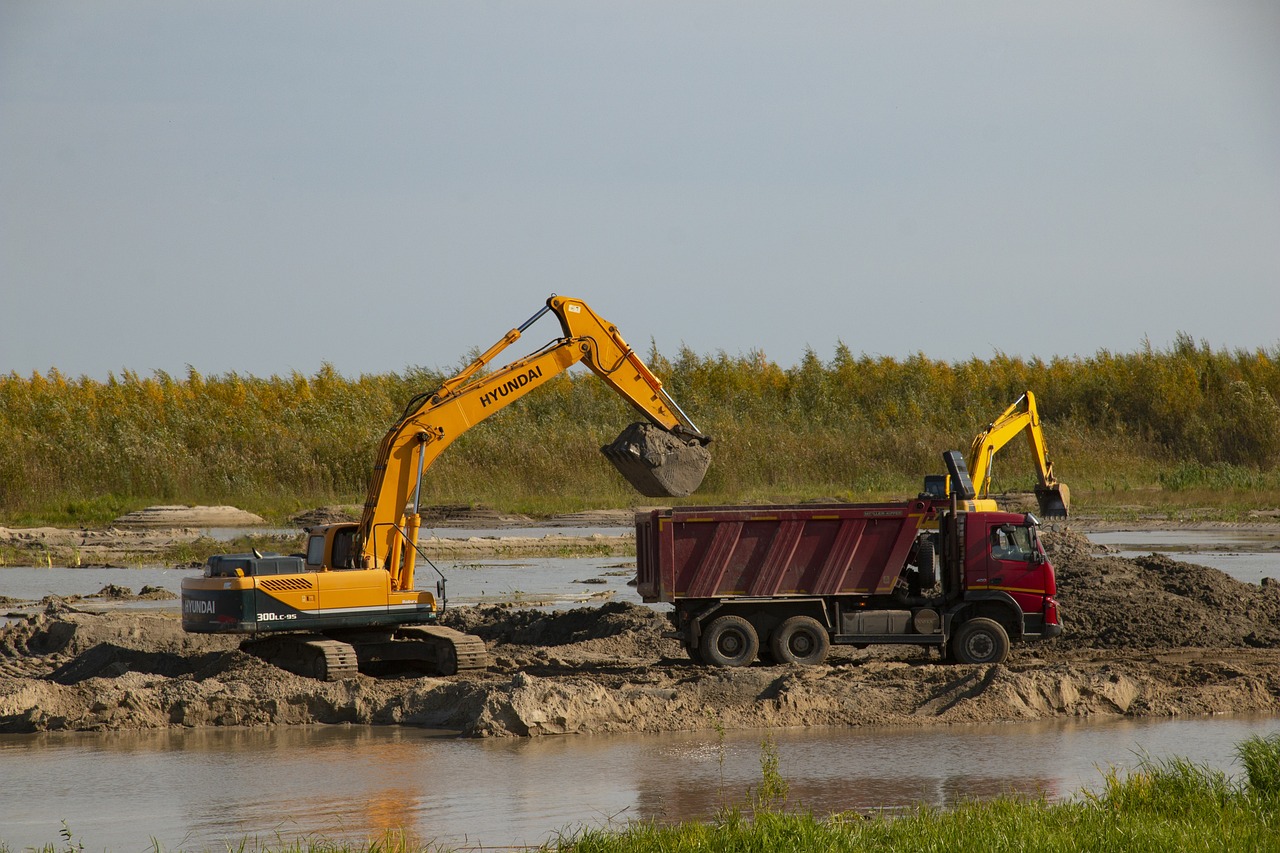

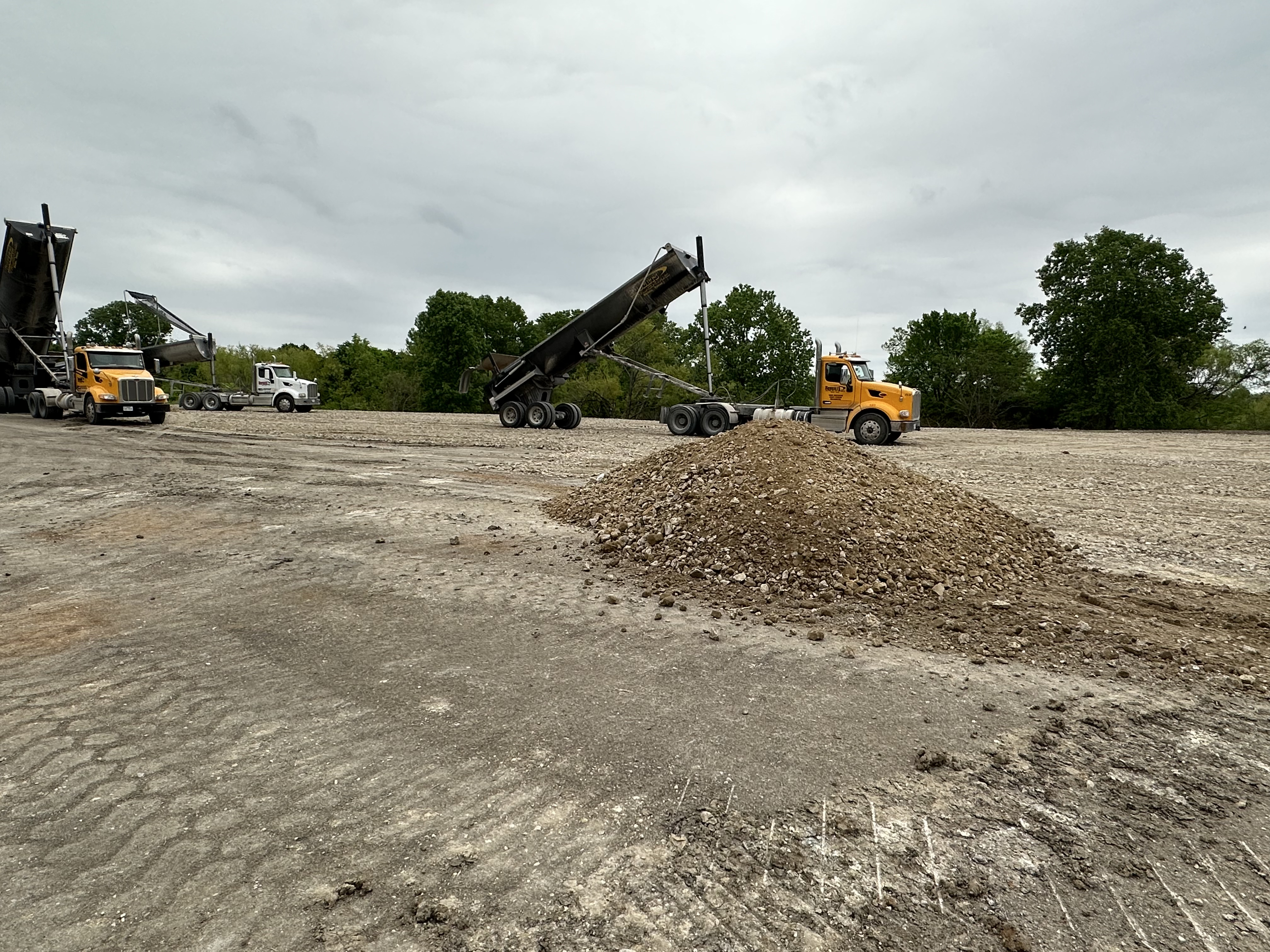

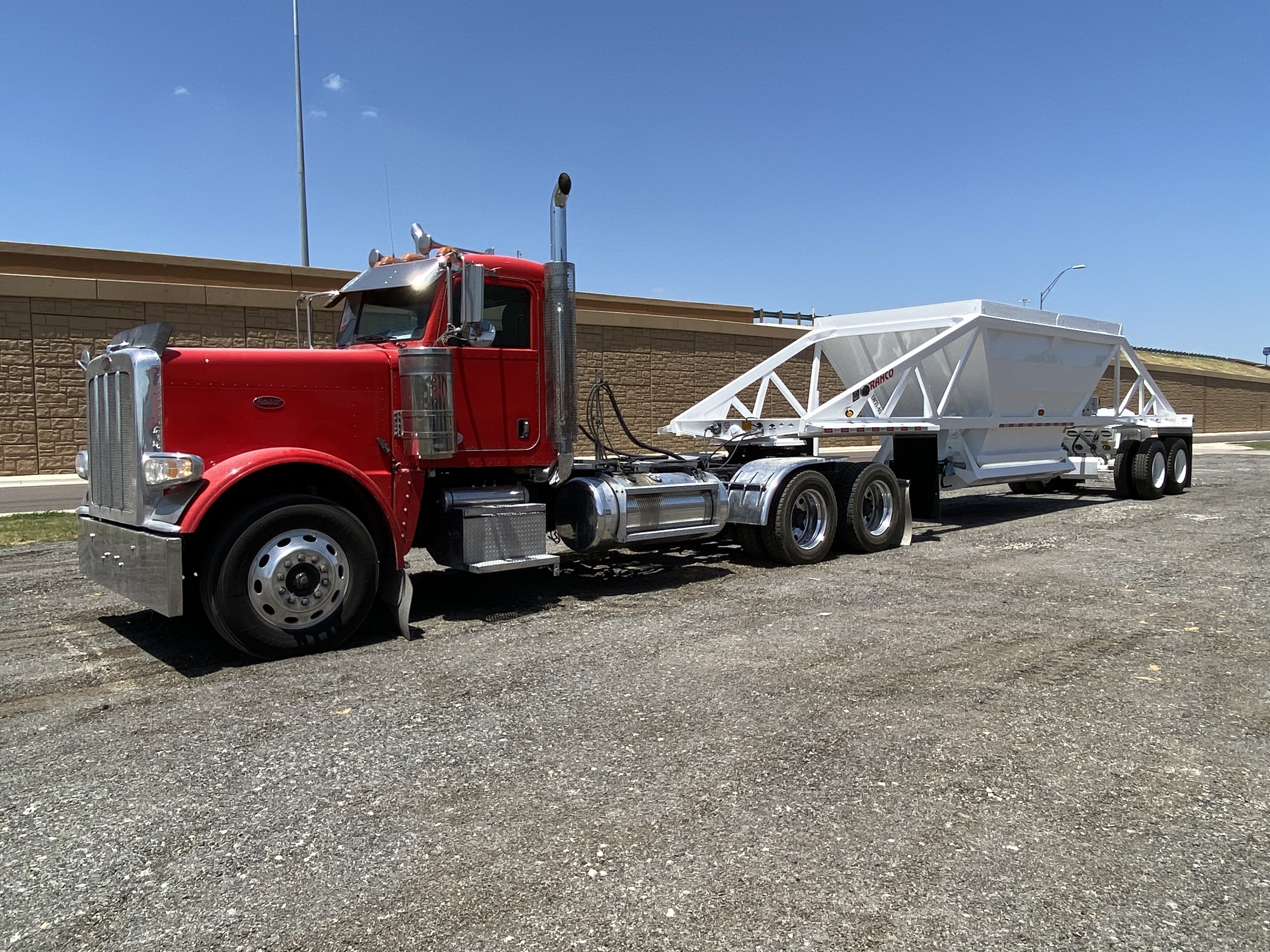
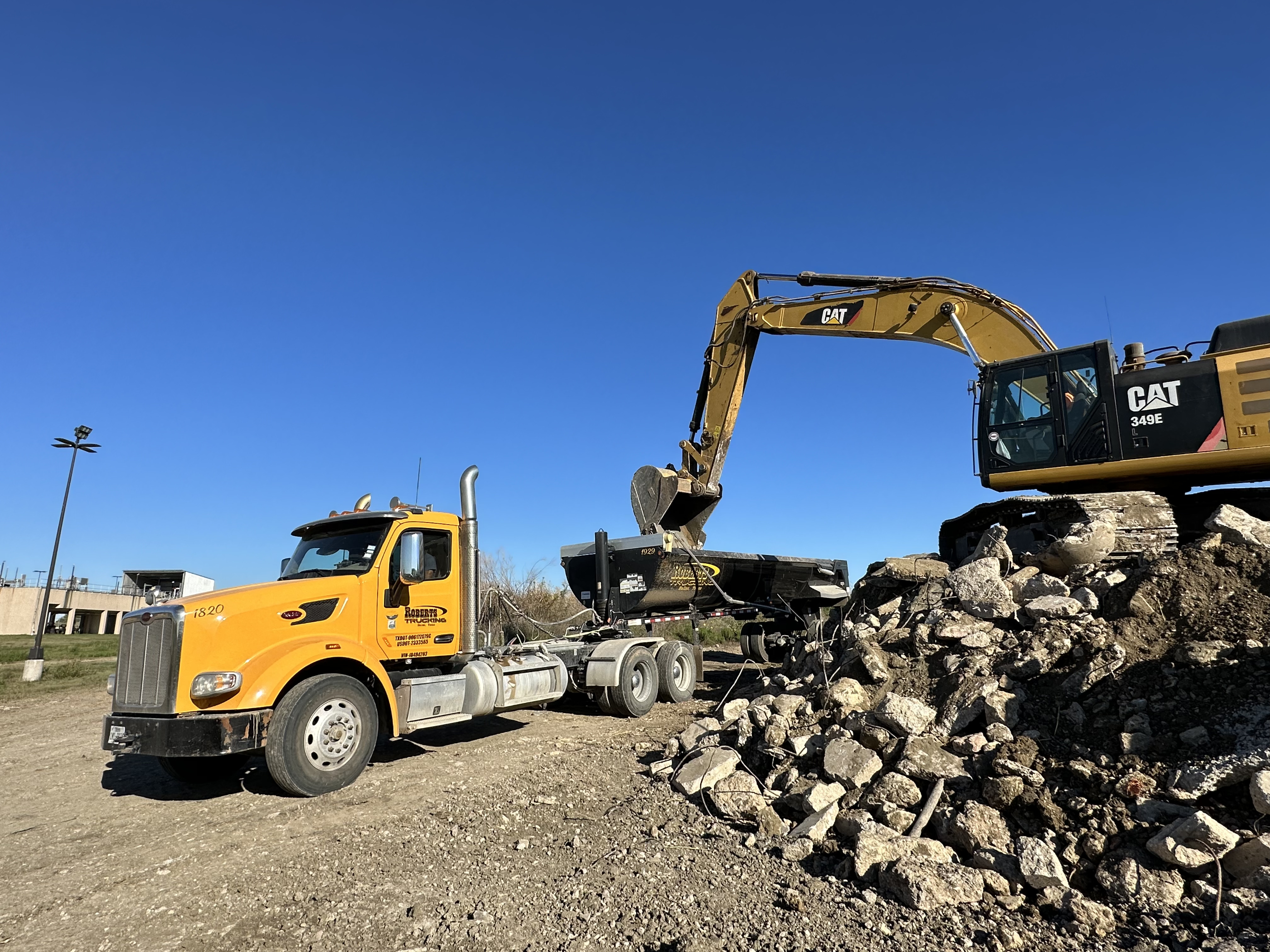
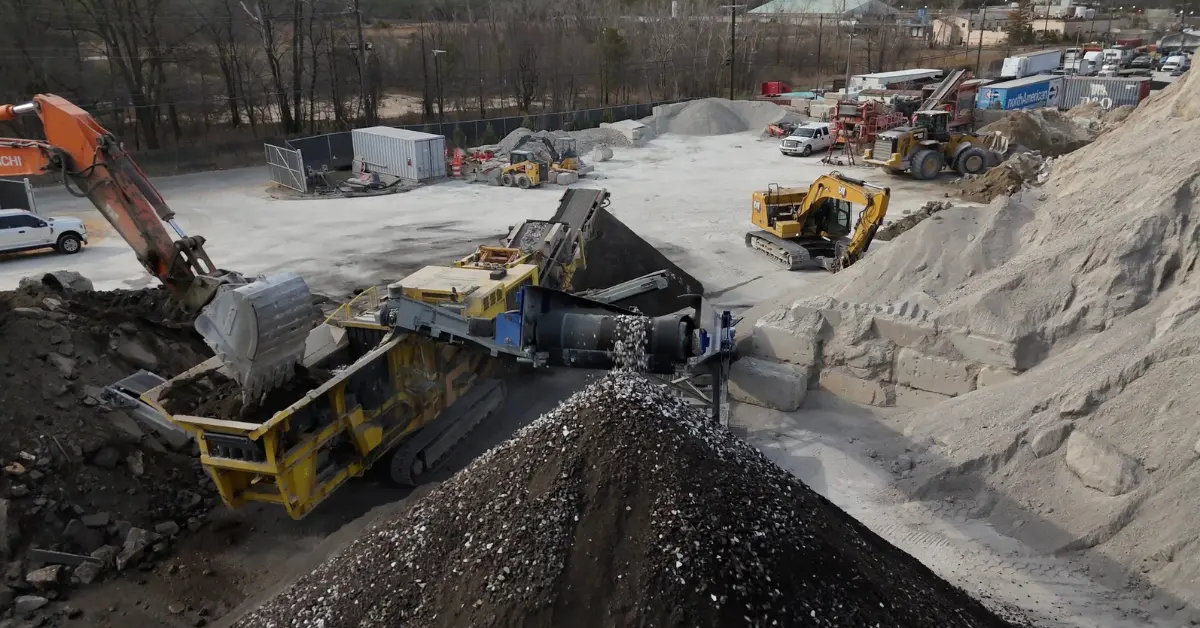
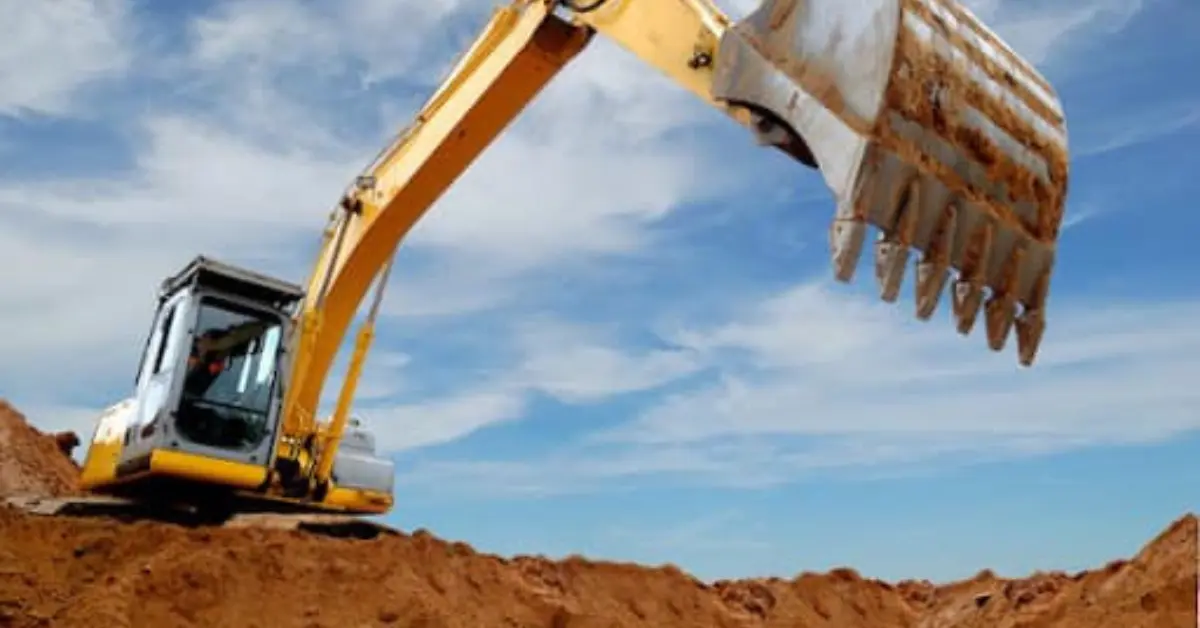
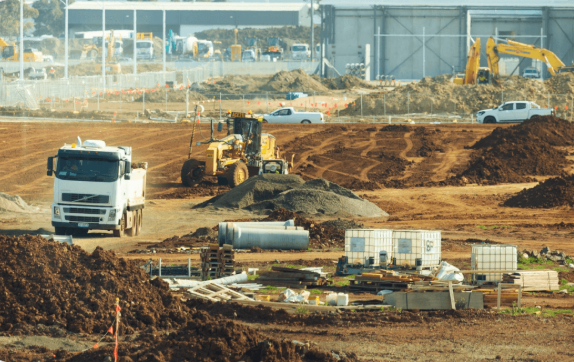
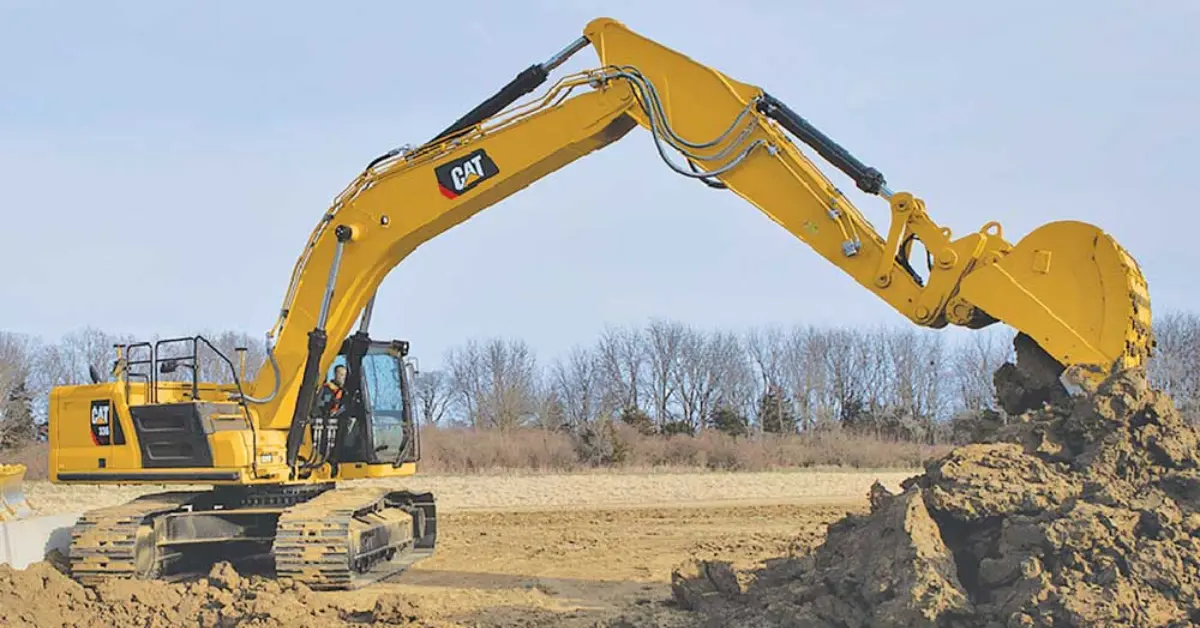
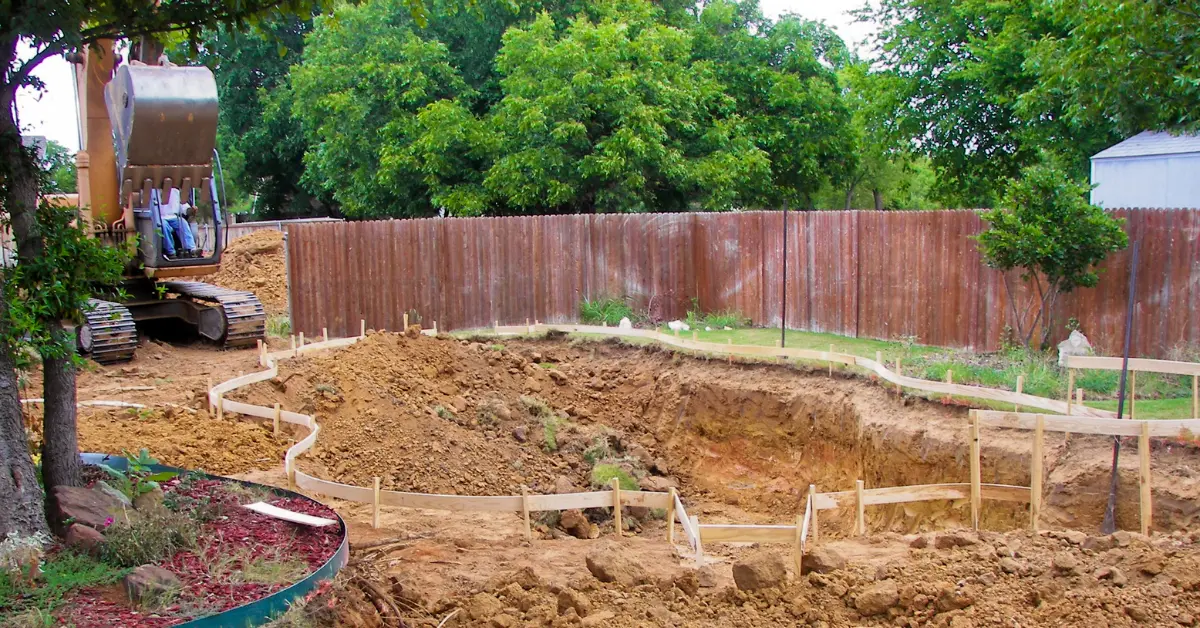
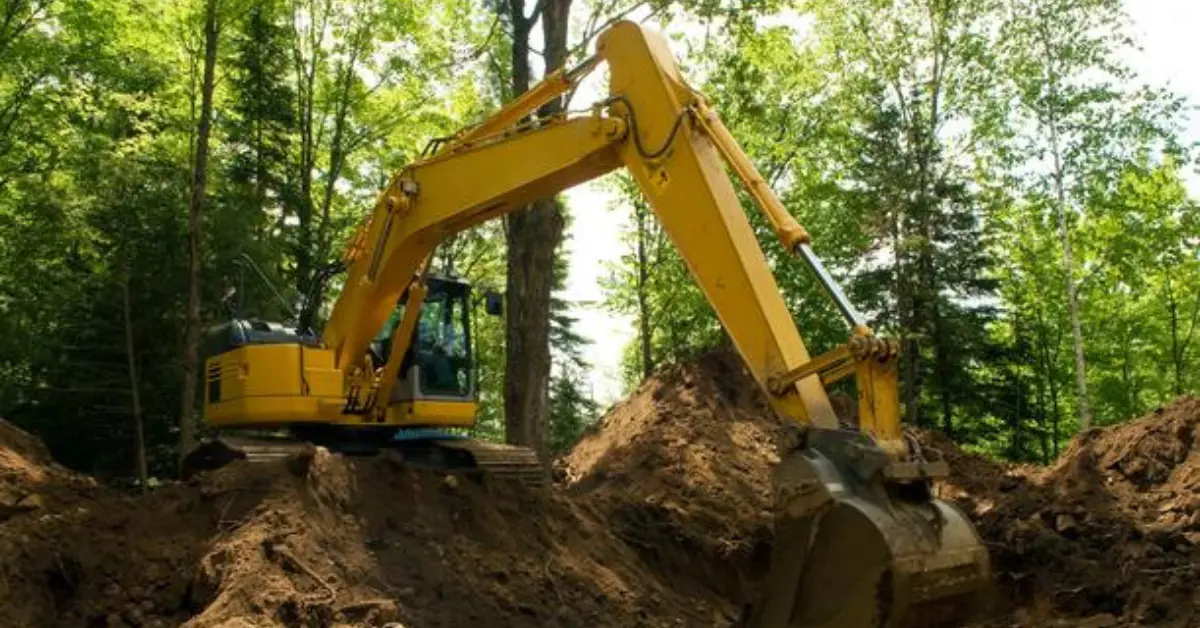
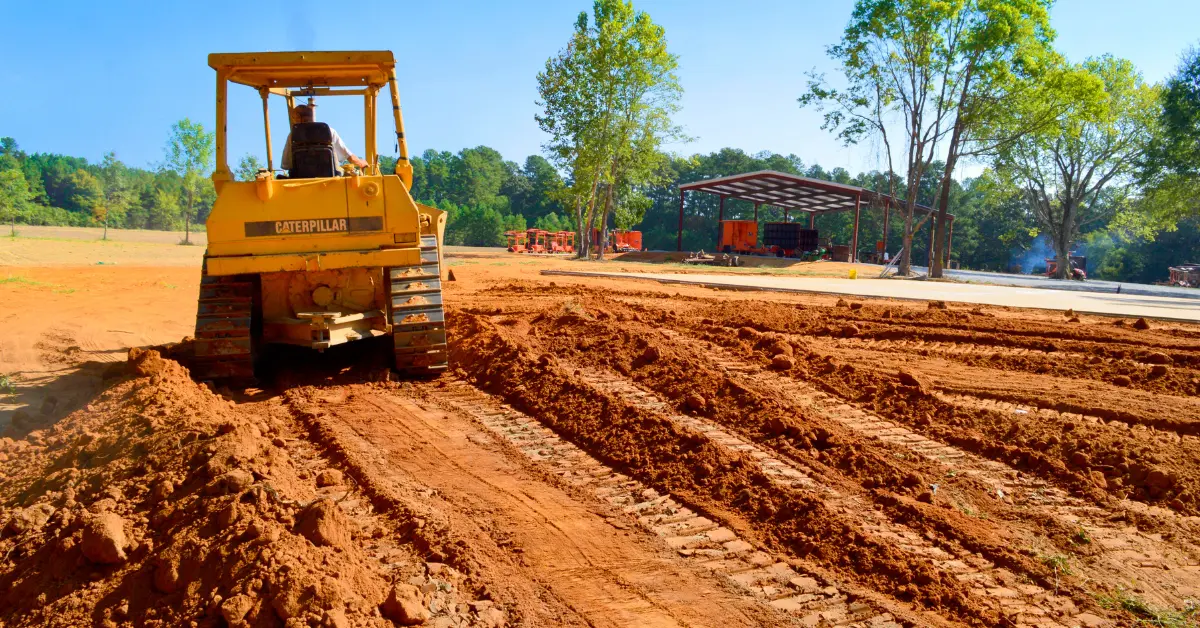
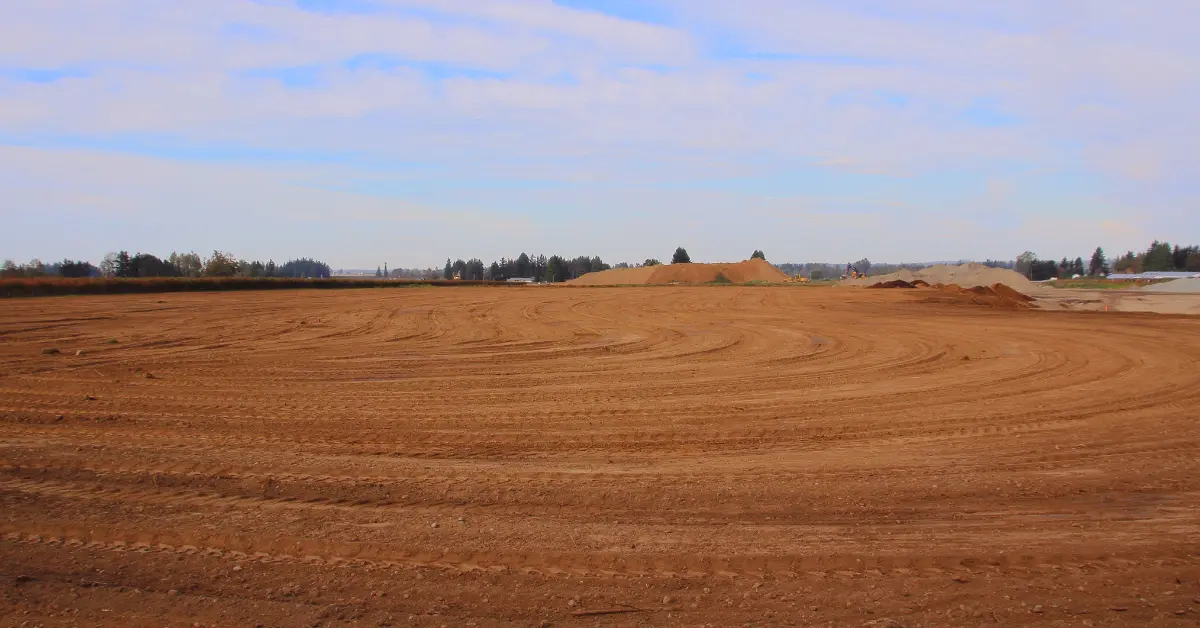



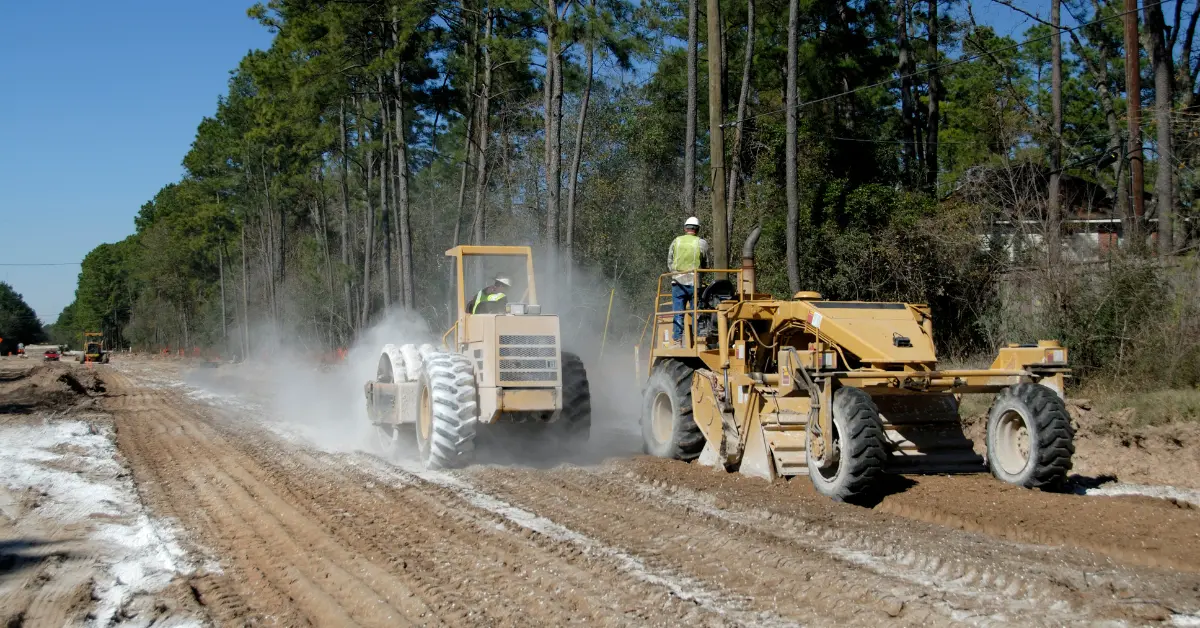




.jpg)

